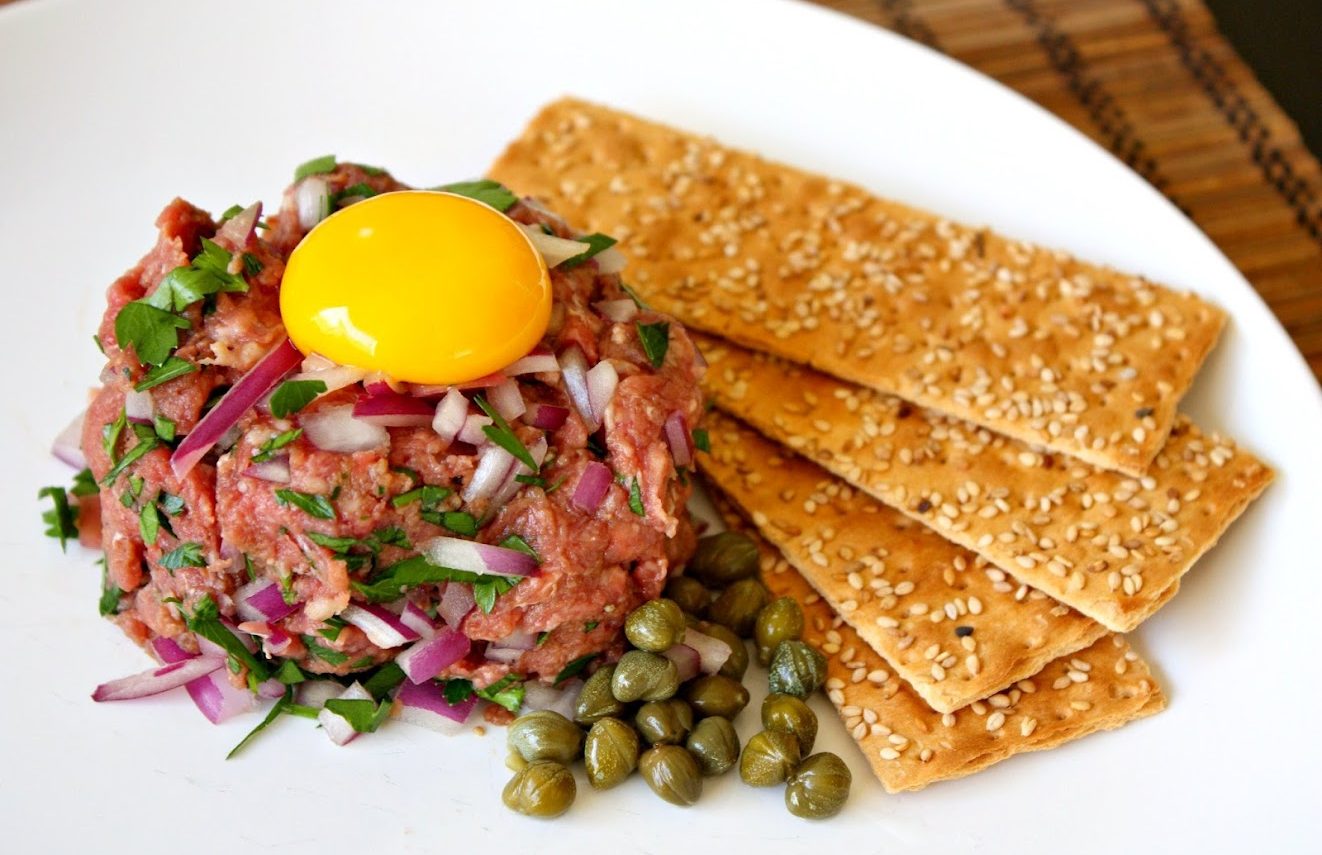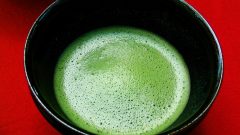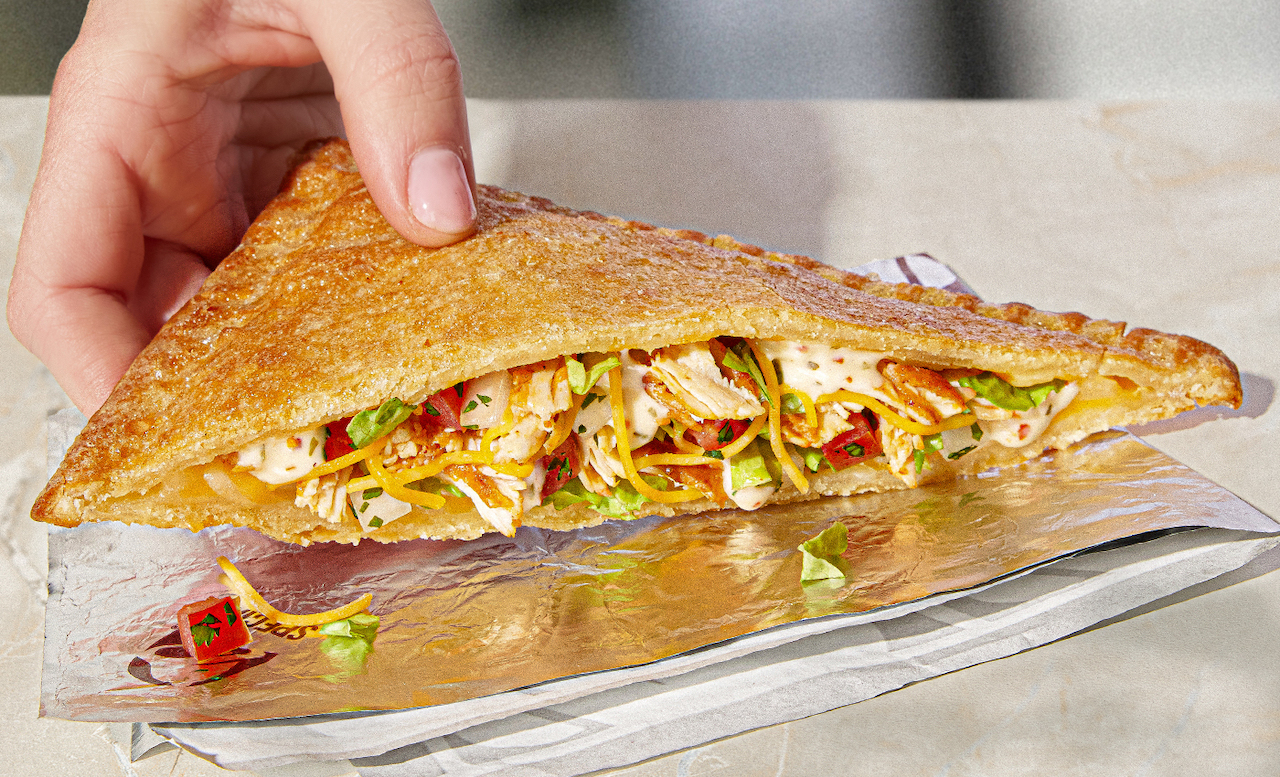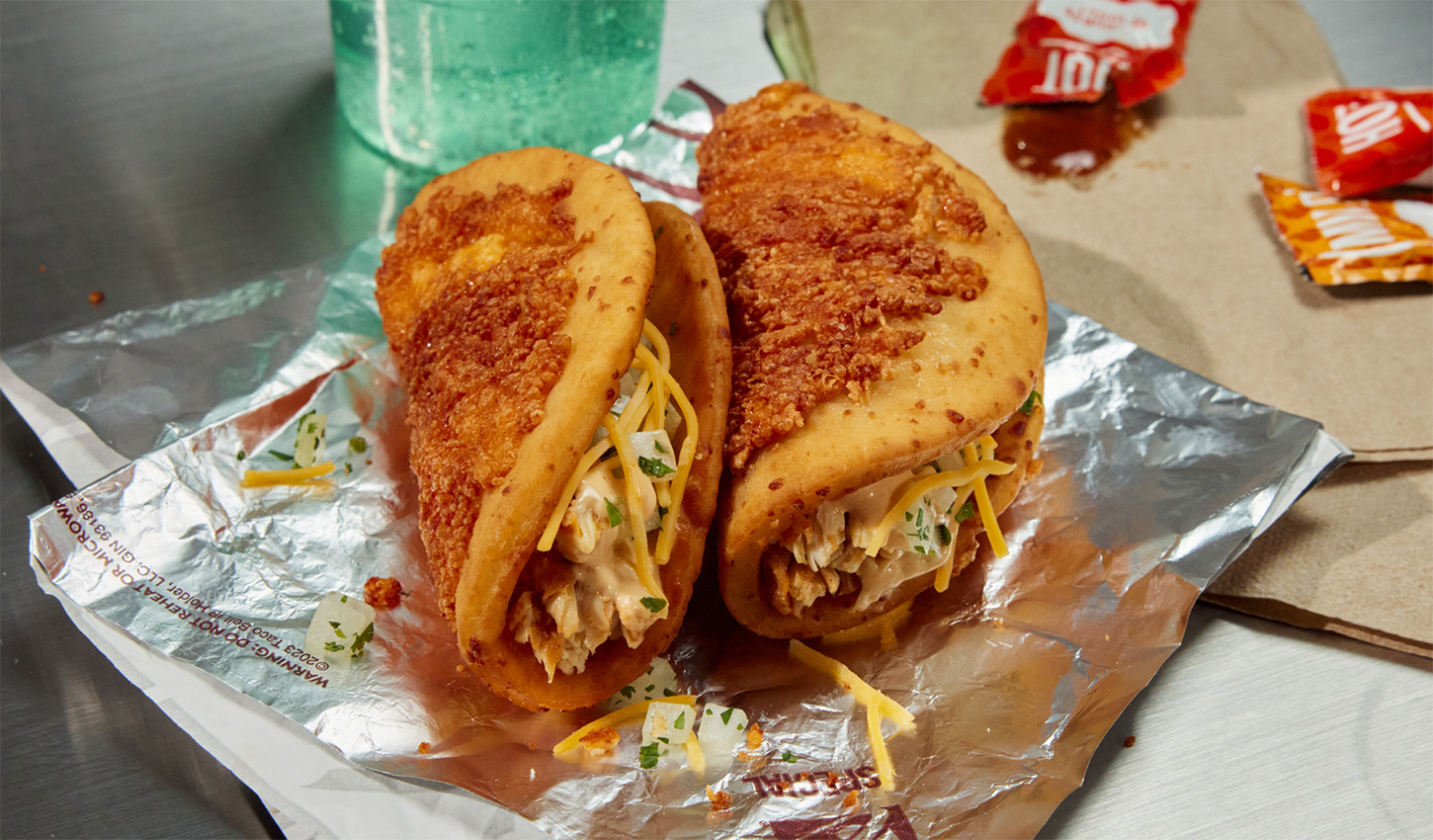Here’s A Breakdown of Raw Dishes, So You Don’t Feel Like a Noob When Ordering Them

Have you ever been to a restaurant and just stared at the menu in silence wondering what on Earth the strange terms were in front of you? You’re not alone. There seems to be a fancy name for everything these days, but a category of foods where this is extremely apparent is raw fish and meat dishes. It turns out there is a marked difference between tartare, ceviche, and crudo. Who knew?
Here’s a breakdown of some raw dishes you might find, so you can navigate that menu like a pro.
Carpaccio

Traditional carpaccio is made with either fish or beef, with the most popular renditions using beef sirloin or tuna. However, this dish is increasingly being catered towards vegetarians, employing veggies like zucchini or cucumber. Carnivorous or not, the determining factor of carpaccio is definitely how thin each piece is, so when you see a raw dish with laser thin slices, you’ll know what it is.
Tartare

Tartare originally gained its namesake for being a dish that used tartar sauce, but after years of modifications, the standard application of this dish no longer uses the notorious sauce. You can find this dish made with fish pretty much anywhere since it’s considered “trendy,” but you should really head to your local French restaurant and get steak tartare served with rye bread because that shit is bomb. Especially because some places will add an egg yolk for that extra yolk porn.
Ceviche

Ceviche is a Latin American-inspired dish guaranteed to be on the menu at your nearest Peruvian restaurant or place that takes great pride in their fresh fish selection. Each piece of raw fish destined for ceviche spends several hours in a nice lemon-lime, citrus juice bath. The fish is then traditionally served with sweet potato or avocado in its own delicious juices, and garnished with onion or chili peppers. The acidity gives the fish an appearance of being cooked, but citrus doesn’t get rid of bacteria so if you’re making this dish at home, be sure to use the freshest seafood possible.
Crudo

Crudo is probably the simplest of all these dishes, and literally means “raw” in Italian. Basically all you need for a crudo is raw fish, olive oil, and a splash of lemon. Considering there’s only three ingredients, I kind of feel like this dish can be a hoax, since depending on the place, it can be devastatingly overpriced. However, this dish can be beautiful if the chef likes to take liberties with their plating.
Gravlax

There are few Nordic foods that have become mainstream in Western cuisine, but gravlax is definitely one of them. Gravlax is made by taking the freshest salmon you can find (literally, the dish was created by fishermen, so you have some competition), and curing it with salt, sugar, and dill. After curing for a few days, the fish is typically served atop rye bread with some sort of sauce. Because we like to Americanize everything, gravlax is also commonly eaten with bagels as an alternative to lox.
Poke

Poke, also known as a raw fish salad, is probably one of the hottest dishes on the menu right now and we have Hawaii to thank. The dish had some pretty humble beginnings, starting out as a simple snack amongst fishermen while they were waiting for the next catch. Today, there are restaurants across the country that focus solely on poke, serving it atop sushi rice with tons of fresh veggies. The fish is typically seasoned fairly simply, with soy sauce and sesame oil as the base.
Sashimi

Sashimi is pretty much sliced, raw fish served on a plate. You can obviously find this at a sushi establishment as an alternative to a roll, but if a restaurant is pretty stoked about a fresh catch, they’ll often let the flavors of the fish do the talking and serve it plain regardless of the cuisine. Sashimi originated in Japan, and is considered one of the highest delicacies, as only the freshest, most quality fish is used.
Nigiri

Nigiri is essentially sashimi, but served over rice in bite-sized pieces. It’s always a mystery to us how they make those little mounds of rice so perfect, but such is the life of a good sushi chef.






















